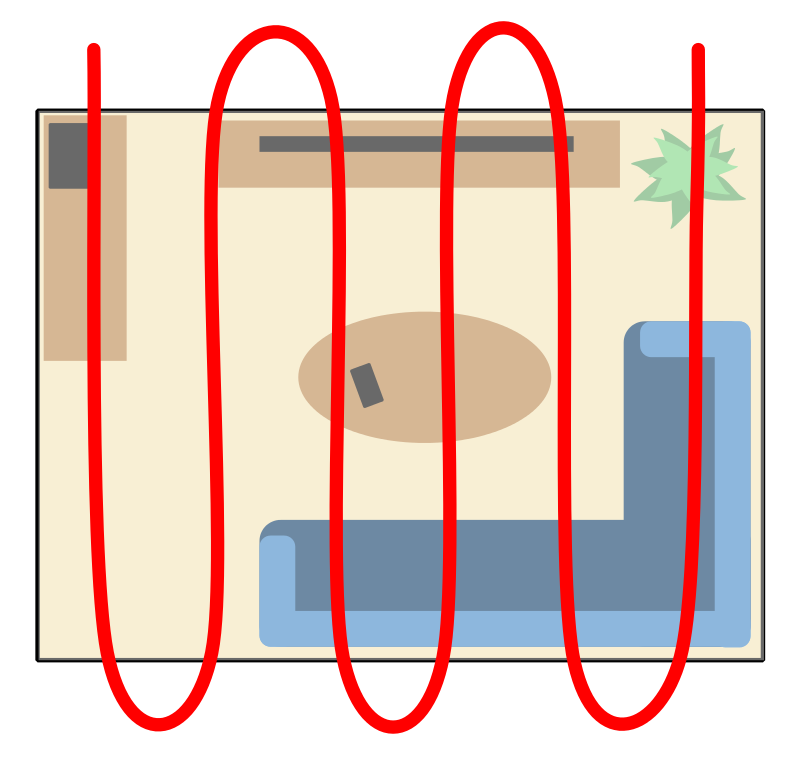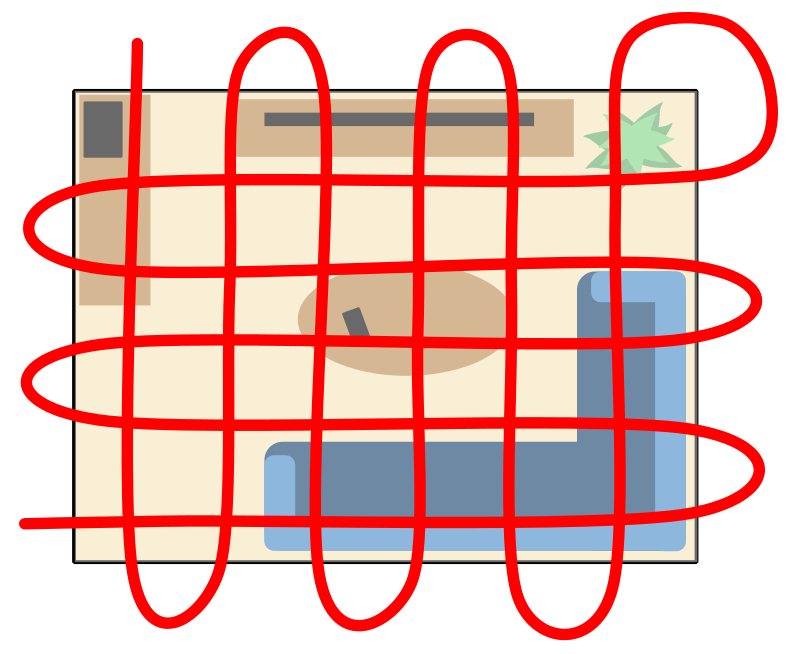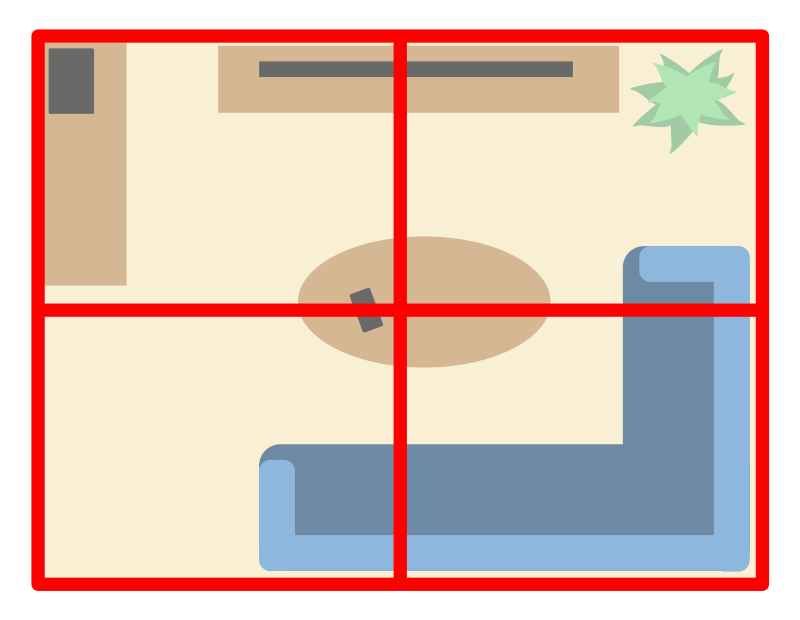READ: Searching for Evidence
Searching for Evidence
Searching for Evidence
Before evidence can be documented it must be found. There are several different patterns that are often used by investigators as they search a crime scene. The specific pattern that is used depends on the type of crime scene, how large the crime scene area is, and how many investigators are helping in the search. Some of the more common patterns are the line, grid, spiral, or zone patterns.
| The line pattern is very simple and can easily be used by one or more investigators. The investigators will walk back and forth from one side of the crime scene boundary to another. If two or more investigators are doing this, they should walk side by side at the same pace so that no evidence is missed. |  |
| The grid pattern is like the line pattern, but is more thorough. In the grid pattern one or more investigators walk back and forth from one boundary of the crime scene to the other. Once they have done this in one direction, the investigators will turn and do the same pattern in the other direction. With this search pattern each area is gone over twice so evidence is less likely to be missed. If more than one investigator is doing this they should form a line and walk side by side at the same pace. |  |
| The spiral pattern can be done with just one person, but it may not be as thorough. In the spiral pattern the investigator will move through the scene in a spiral fashion. They can start in the middle of the scene and move outward, or they can start on the outer edges and move inward. This pattern is not as thorough because it can be difficult to walk in a spiral pattern and not leave any gaps. Evidence is more likely to be missed with this pattern. |  |
| The zone pattern is usually more efficient when multiple investigators can help or if the crime scene is very large. In the zone pattern investigators are assigned to search a specific zone. |  |
Each of the different patterns can be useful depending on the nature of the crime scene. For example, if the scene is in a large outdoor field and at least several investigators are available, it may make sense to do a grid pattern search or a zone search pattern. If the scene is in a large room in an office building full of cubicles, a zone search may be the only type of search pattern that is possible since investigators can’t walk freely through the room.
While investigators are searching for evidence they should move slowly and carefully. As they find evidence in the scene they should place an evidence marker next to it so it can be thoroughly documented and collected after the search is complete. The investigators should avoid disturbing the scene as much as possible. They should also be observant and remember that evidence is not just located on the floor. Evidence may be on the walls or ceilings, or in less obvious places such as under rugs or blankets. Looking for evidence takes time and should not be rushed. Carelessness could cause valuable evidence to be lost or destroyed.